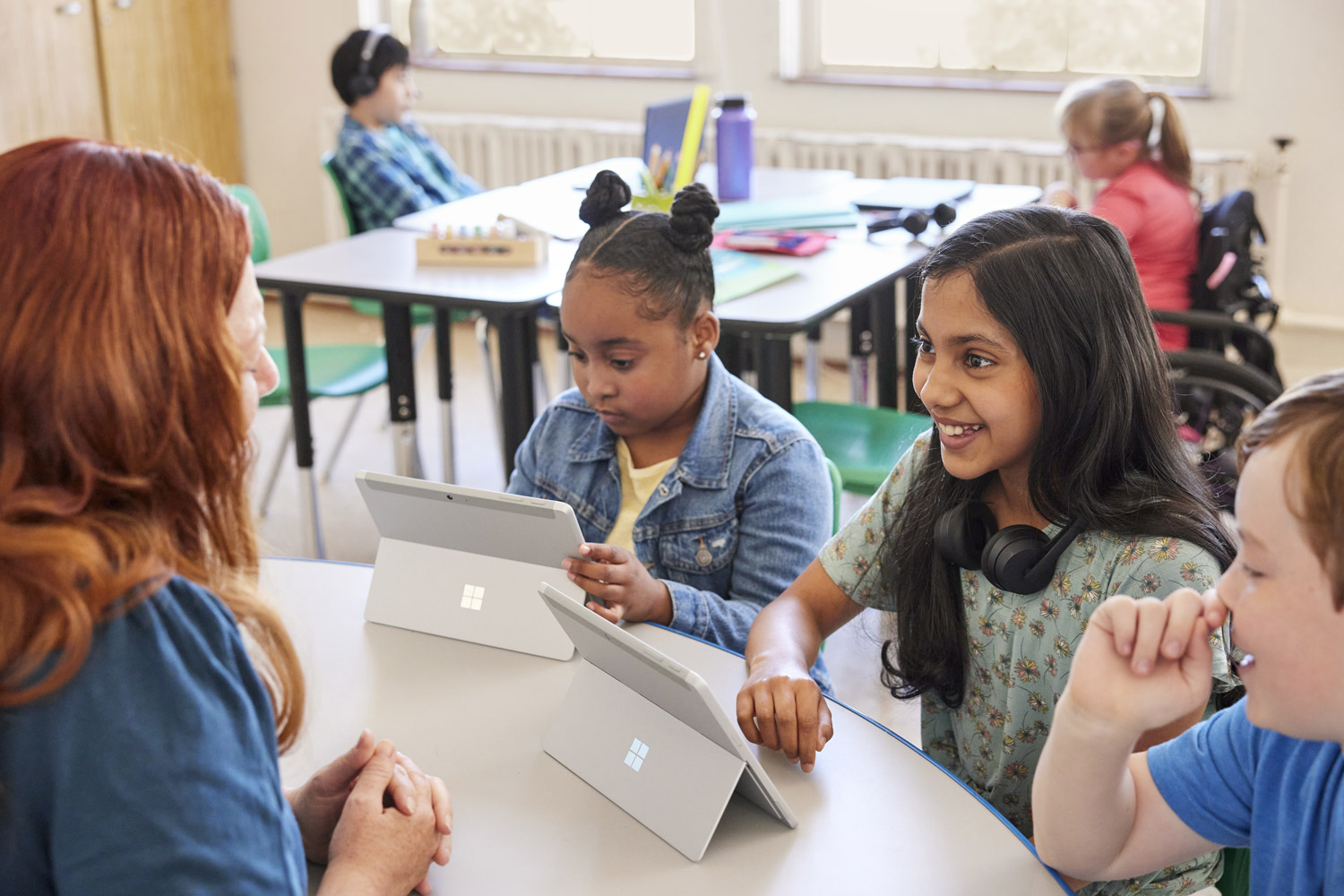For years, OneNote Class Notebook has been a vital part of many Norwegian classrooms. When combined with Microsoft Teams, you get a virtual classroom and pedagogical framework that provides many possibilities for teachers and students. Digital competence is an important part of teaching today because we must know how to make good use of such tools. This kind of professional digital competence (PDC) is something my department and I, at the Faculty of Education at Østfold University College, help our student and in-service teachers achieve. In this blog post, you can read more about how OneNote and Teams are part of our professional digital competence curriculum as well as my own teaching and research praxis.
Professional Digital Competence (PDC)
After teaching in an Upper Secondary School for 11 years and having always been interested in digital pedagogy, I was excited to be offered a position at ØUC in the fall of 2018. My new job as an assistant professor was with the Faculty of Education and the Department of ICT in teaching and learning. So, I was excited to use both my teaching experience and digital praxis while expanding my knowledge in this field.
Currently, I’m working with student teachers, in-service teachers and faculty colleagues to develop their professional digital competencies. Because of the ever-changing digital landscape, being a teacher today requires different competencies than only a few years ago.
In Norway, the Directorate for Teaching and Training has developed a framework defining digital competence for teachers. It describes seven digital-competence areas teachers should have and continuously develop. This framework provides a foundation for what we do and teach at ØUC.
OneNote at ØUC
At ØUC, OneNote and the Class Notebook are part of our curriculum for both student and in-service teachers. We start by introducing OneNote to students as a personal tool before we introduce them to the Class Notebook. Because we are a teacher-education institution, our students need to learn pedagogical uses for the most common tools found in Norwegian schools, and I believe OneNote Class Notebook is among the most important.
A key part of digital competence is choosing the right tool for the job. My motto is, “Never be digitally fanatic—but always pedagogically pragmatic!” And OneNote Class Notebook is a digital tool with considerable pedagogical potential. As a former Norwegian and English teacher, it has been at the heart of my pedagogical approach.

The Class Notebook provides plenty of opportunities for students to understand their learning objectives and how to reach them through feedback from their teachers and peers. Teachers outline learning goals and criteria in the Content Library. Students hand in their work, get feedback, re-write and assess themselves in the Student tabs. In the Collaboration Space, students become learning partners, giving feedback and advice to each other. A competent teacher is essential to make this ecosystem work—no Class Notebook will enhance learning on its own.
Teams in Teacher Education
Microsoft Teams has also become part of many classroom practices. Here at ØUC, Teams is becoming the go-to collaboration platform. So far, we’ve created around 500 Teams. My department and I show staff how to use Teams for collaboration in or across departments.
At our Faculty of Education, how one uses Teams varies. In my department, we use Teams frequently. We have different Teams for research projects, for developing study content or new student programs. This helps us easily share materials and write collaboratively. And OneNote is at the center of most of our Teams.
Two of my colleagues are writing a paper together. In the example illustrations below, you can see how we use Teams and OneNote for our literary review. The Conversation tab is used for pitching ideas, sharing links and helping each other find relevant literature. The OneNote acts as our mutual workspace.

We have divided the different parts of the review, and I’m responsible for the PDC-review. In OneNote, I have added my Word-document draft, a table and have included keywords. Because my colleagues do the same in their pages, we can all see how different parts of the review are progressing. This helps us easily collaborate and co-write. When we want to co-write in the same document, we create one in our team’s File tab and use the Conversation tab to discuss the text.

The student teachers collaborate with Teams, too. They create Teams to work with fellow students and for their “praxis periods.” Student teachers in Norway are required to teach at local schools for certain periods of time each term to become certified. During these periods, they are supervised by in-service teachers at different schools in the district. Teams provides a valuable platform where the student teachers can communicate with their mentors, share lesson plans, discuss classroom management and collaborate to expand the possibilities for students’ learning.
Excitement and possibilities
I am excited about the pedagogical potential of Office 365, especially OneNote Class Notebook and Teams. And don’t even get me started on Immersive Reader and Dictation, which will hopefully be in Norwegian, soon. Still, our job as teachers and teacher educators is to choose the right tool for the job and maximize the pedagogical possibilities they provide.
Please check out the Teams playlist on my Youtube channel (the videos are in Norwegian, but if there’s interest, I can add English subtitles) and follow me on Twitter. I look forward to connecting with the Microsoft Education Community!




